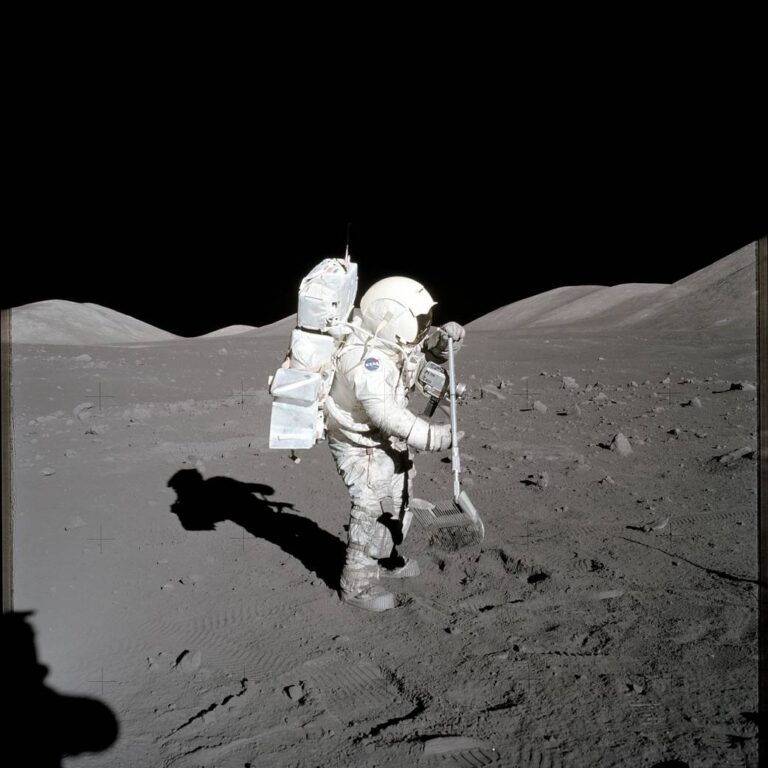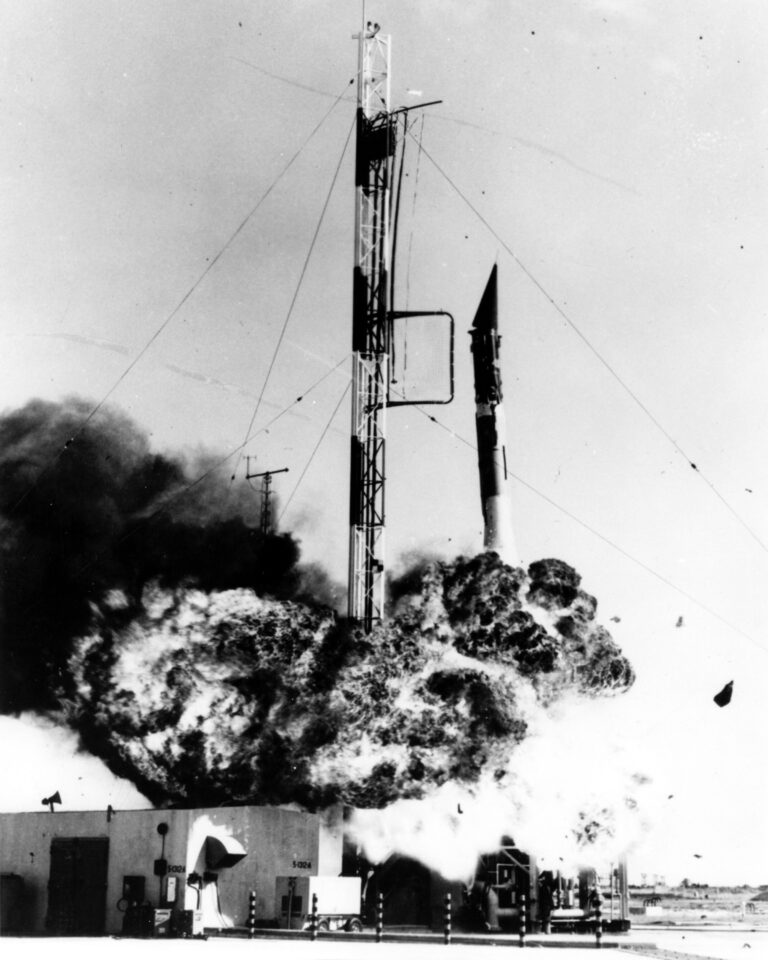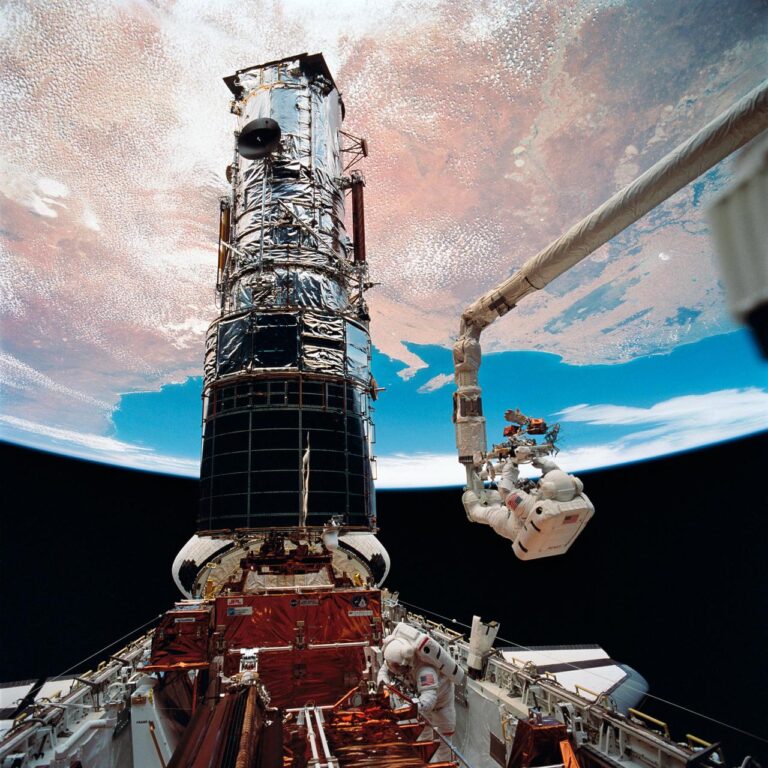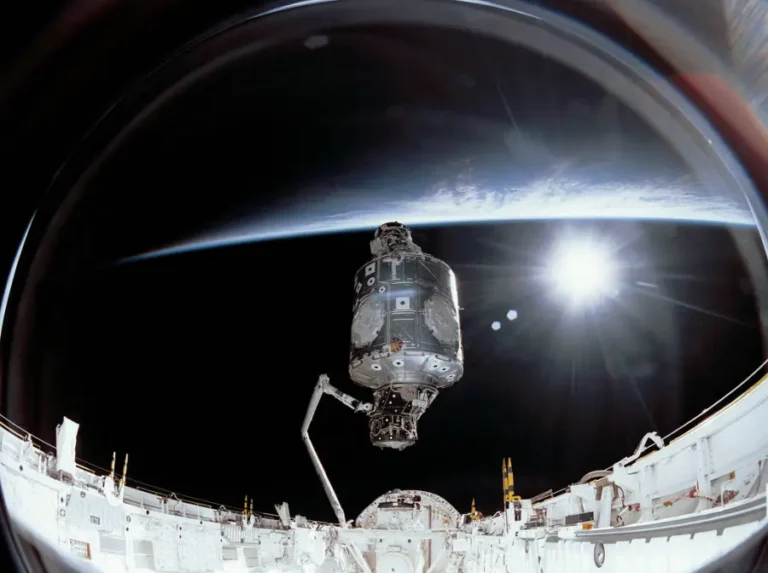Key Takeaways:
Earlier this week, NASA announced its selection of three missions for concept studies in its Discovery Program. Each project will cost $1.2 million to further develop the mission design and plan. If selected beyond the concept phase, each mission must be able to accomplish its goals for less than $425 million.
The first mission, the Origins Spectral Interpretation, Resource Identification and Security (OSIRIS) mission, would survey an asteroid and return the first asteroid surface-material samples to Earth. Michael Drake of the University of Arizona is OSIRIS principal investigator. NASA’s Goddard Space Flight Center will manage the project. The spacecraft will target near-Earth asteroid RQ36, which measures roughly 1,900 feet (580 meters) in diameter.
The Venus Sounder for Planetary Exploration (Vesper) orbiter would investigate Venus’ atmospheric composition and dynamics. Gordon Chin of Goddard is Vesper’s principal investigator, and Goddard would run the mission.
The Gravity Recovery And Interior Laboratory (GRAIL) mission would use high-quality gravity-field mapping of the Moon to determine our satellite’s interior structure. Maria Zuber of the Massachusetts Institute of Technology is GRAIL’s principal investigator. NASA’s Jet Propulsion Laboratory would manage the project.
In addition to these projects, NASA selected three missions of opportunity that would utilize two spacecraft that have already already completed their primary objectives.
The Deep Impact eXtended Investigation of Comets (DIXI) mission would use the Deep Impact spacecraft for an extended fly by mission to Comet Boethin. The probe would take pictures of its nucleus to increase our understanding of the diversity of comets. Michael A’Hearn of the University of Maryland is DIXI’s principal investigator.
The Extrasolar Planet Observations and Characterization (EPOCh) also will utilize Deep Impact. EPOCH will use the probe’s high-resolution camera to search for the first Earth-sized planets. L. Drake Deming of Goddard is EPOCh’s principal investigator.
The Stardust NExT mission would use the Stardust spacecraft to fly by Comet Tempel 1 and observe changes since Deep Impact visited it in 2005. Joseph Veverka of Cornell University is NexT’s principal investigator.
These missions will receive $250,000 each to further develop the concepts. Selected projects must be completed for less than $35 million.
NASA selected these six proposals from nearly two-dozen submitted to NASA’s Discovery Program 2006 Announcement of Opportunity in April 2006.
“The science community astounded us with the creativity of their proposals,” says NASA’s Science Mission Directorate Associate Administrator Mary Cleave. “We look forward to the new knowledge of our solar system that these concepts may provide.”
Following the submissions of the conceptual studies, NASA may select one or more missions to develop. Announcement of selected mission concepts is expected in 2007.










